
1st grade science key vocabulary English/Spanish translations (space to add drawing as well).
- Material Type:
- Lesson Plan
- Date Added:
- 06/01/2012

1st grade science key vocabulary English/Spanish translations (space to add drawing as well).

Join Simon, Anita, Emily and the rest of Ms. Patel's class as they gain an understanding of how the Earth works as a system while preparing their end of the school year play.
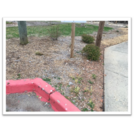
Students will understand that wind and water can change the shape of the land. And that because there is always more than one possible solution to a problem, it is useful to compare and test designs.

Students will observe and describe the properties of soil for texture, size, color and ability to support life.

Chandra Garcia uses continent-shaped puzzle pieces to teach her students about continental drift. Working in small groups and using fossil evidence, students must work cooperatively and find consensus among themselves to build their arguments.

Students know that there are recognizable patterns on earth.To demonstrate the rotation of earth, students will track the shadows on a sundial throughout the day.
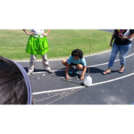
Students know that there are recognizable patterns on earth. To demonstrate the rotation of earth, students will track the shadows on a sundial throughout the day.
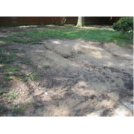
Students will observe and record the changes caused by weathering and erosion from moving water have on limestone.

In this lesson, students will conduct experiments simulating erosion by pouring water on various surfaces in the outdoor classroom.
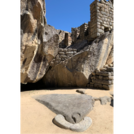
Students will use knowledge of aquatic and terrestrial environments to identify fossils and predict environmental changes over time.
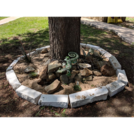
Students will explore the components of soil and make a model of sedimentary rock layers and fossil fuels.

Noted scientist Stephen Wolfram shares his perspective of how the unexpected results of simple computer experiments have forced him to consider a whole new way of looking at processes in our universe. (86 minutes)

PhysicalGeography.net is an educational web portal that focuses on a specific area knowledge known as Physical Geography. Physical Geography is a sub-discipline of two much larger fields of study - Geography and Earth Sciences.

The purpose of this resource is to develop an understanding of some of the relationships between soils of different types and water. Students will time the flow of water through soils with different properties and measure the amount of water held in these soils. They will also experiment with the filtering ability of soils by testing the pH of the water before and after it passes through the soil and observing changes to the clarity of the water and to the characteristics of the soil. Students will be able to explore the concept of Earth as a system.
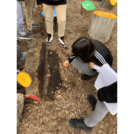
In this lesson the students will observe and record properties of rocks based on properties such as size, weight, shape, color or texture.

Join Anita, Simon and Dennis and the rest of Ms. Patel's class as they research when the hummingbirds have gone and when they might return. Download the Seasons Module storybook and learning activities!

In this lesson the students will explore the outdoor classroom looking for examples of natural resources used to make useful products with a special emphasis on how rocks and soil (clay) are used.
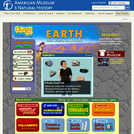
This Ology website focuses on Planet Earth. It includes activities, things to make, quizzes, interviews with working scientists, and more to help kids learn about the Earth.
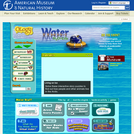
This Ology website for kids focuses on Water. It includes activities, things to make, quizzes, interviews with working scientists, and more to help kids learn about Water.

The deep continental margins were once perceived as monotonous mud slopes of limited ecological or environmental concern. Technological advances now reveal unexpected diversity, with a mosaic of lush habitats and ecosystems that support varied and unusual species fundamental to the health of the ocean and our own lives. Join Scripps biological oceanographer Lisa Levin as she reveals how changes in ocean temperature and chemistry, as well as growing economic opportunities, are placing new pressures on deep-ocean ecosystems, just as we are getting to know them. (56 minutes)